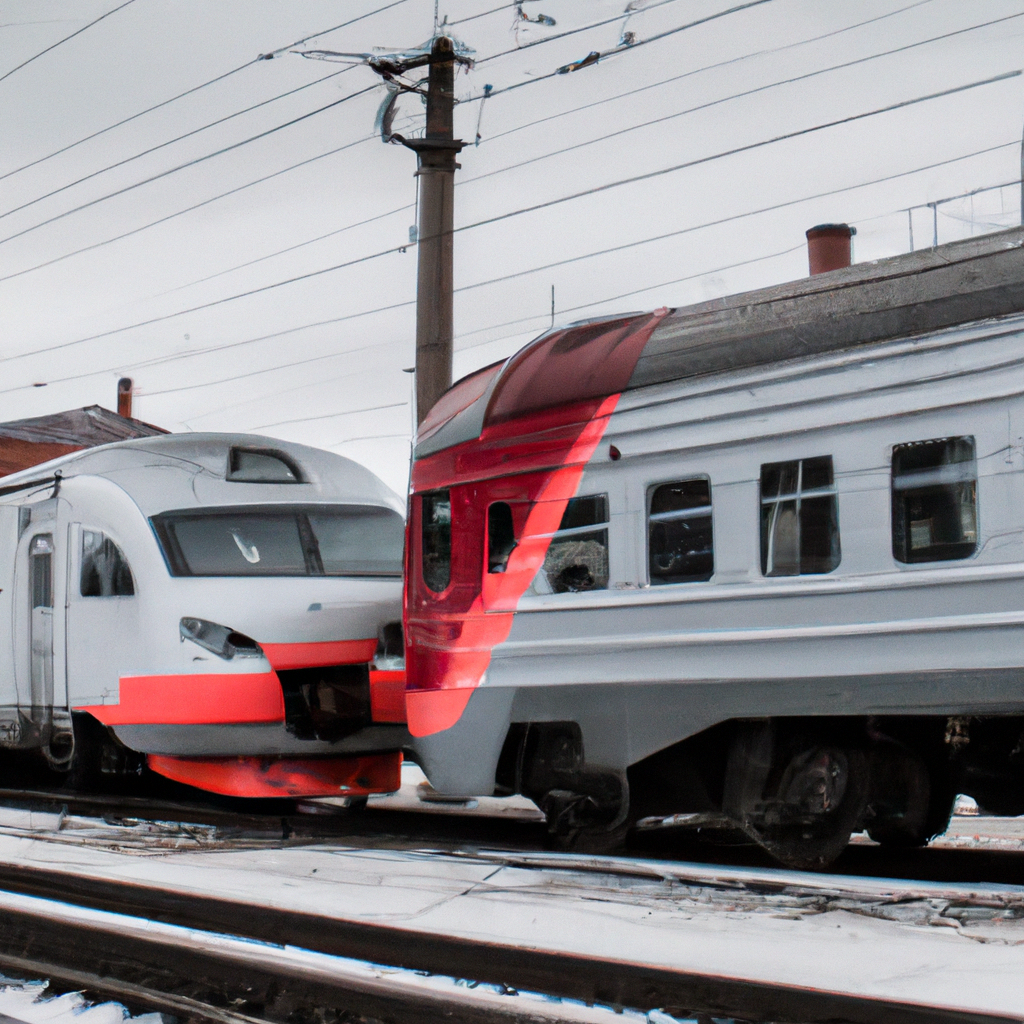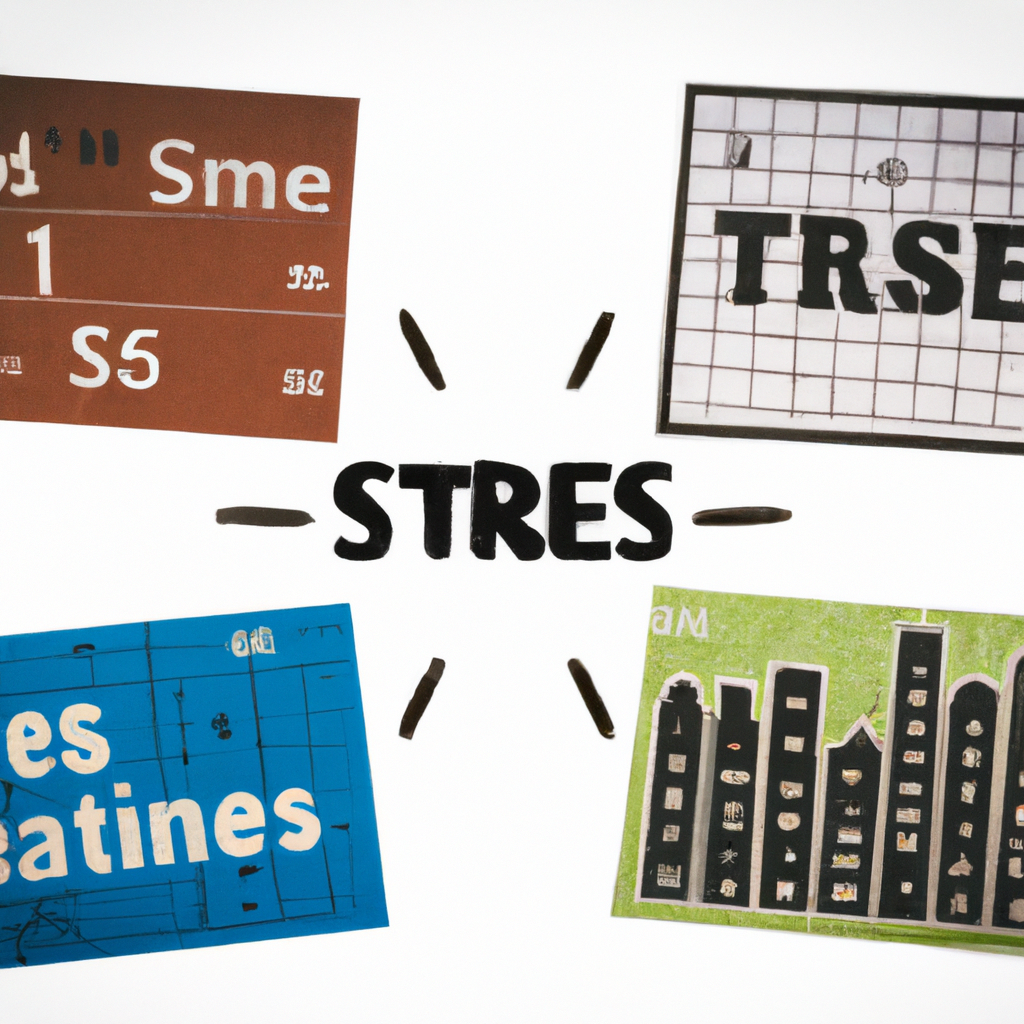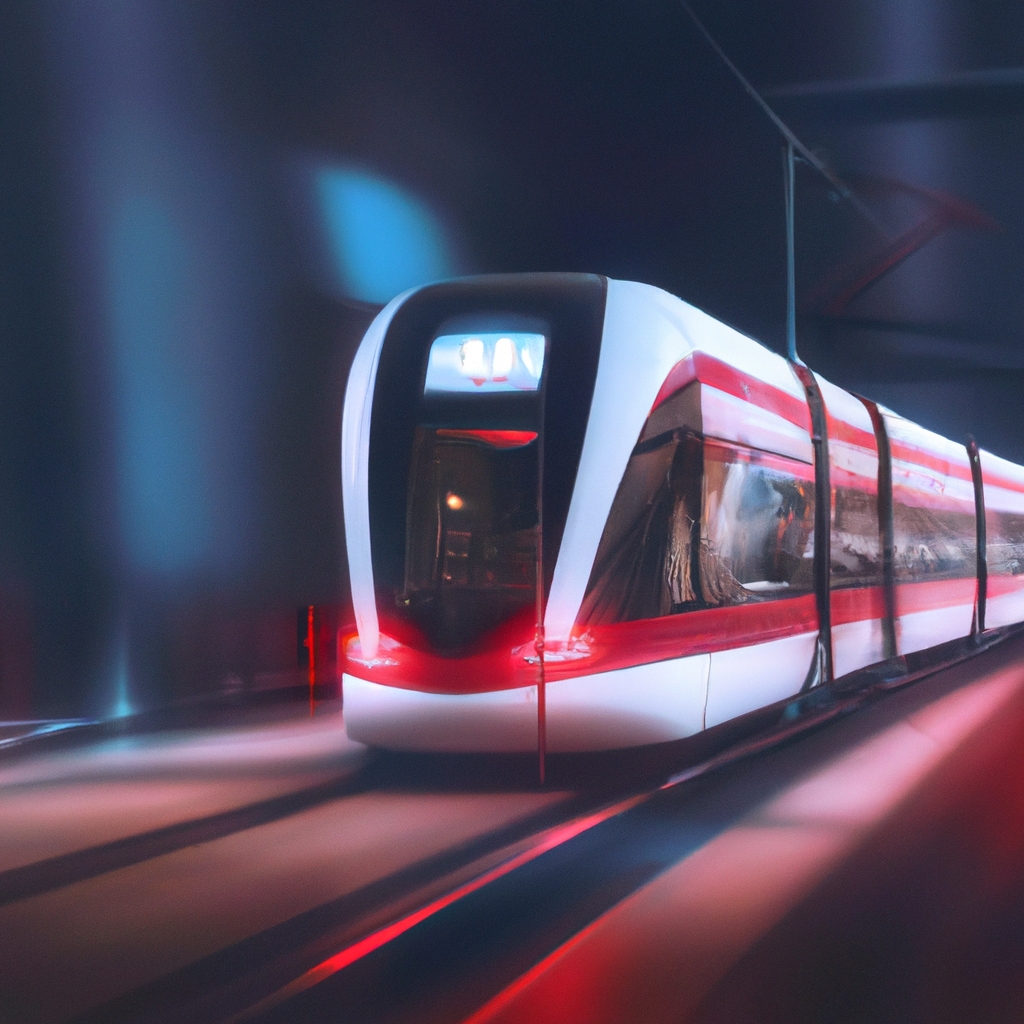All Aboard: The Fascinating History of High-Speed Trains


Hop on board as we delve into the fascinating history of high-speed trains. High-speed trains revolutionized the way we travel, offering passengers a quick and efficient mode of transportation. The concept of high-speed rail dates back to the early 20th century when engineers began experimenting with designs to enhance train speeds. However, it wasn't until the mid-20th century that high-speed trains became a reality.
One of the pioneers of high-speed rail was Japan, which introduced its iconic Shinkansen, also known as the Bullet Train, in 1964. The Shinkansen was a game-changer, reaching speeds of up to 200 mph and setting a new standard for rail travel worldwide. Other countries quickly followed suit, with France launching the TGV in 1981 and Germany introducing the ICE in 1991.
High-speed trains offer numerous advantages over traditional rail travel. They are not only faster but also more environmentally friendly, as they produce lower emissions per passenger compared to cars or airplanes. Additionally, high-speed trains promote economic growth by connecting cities and regions, boosting tourism and business opportunities.
The future of high-speed trains looks promising, with ongoing developments in technology aimed at further increasing speeds and improving efficiency. Countries like China and Spain are leading the way with their advancements in high-speed rail infrastructure and train technology.
In conclusion, the history of high-speed trains is a testament to human ingenuity and innovation in the field of transportation. As we look ahead to a future where speed and sustainability are paramount, high-speed trains will continue to play a vital role in shaping the way we travel and connect with the world. All aboard for a thrilling ride into the future of high-speed rail!












